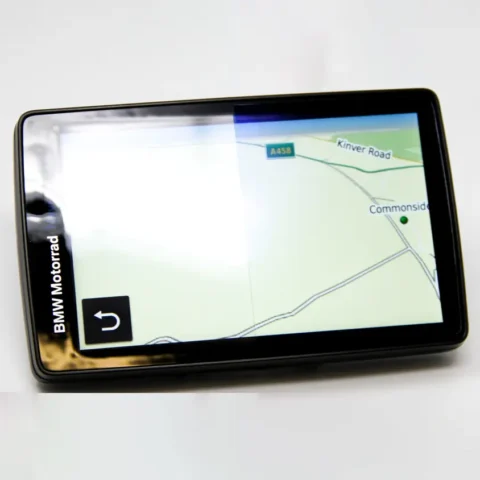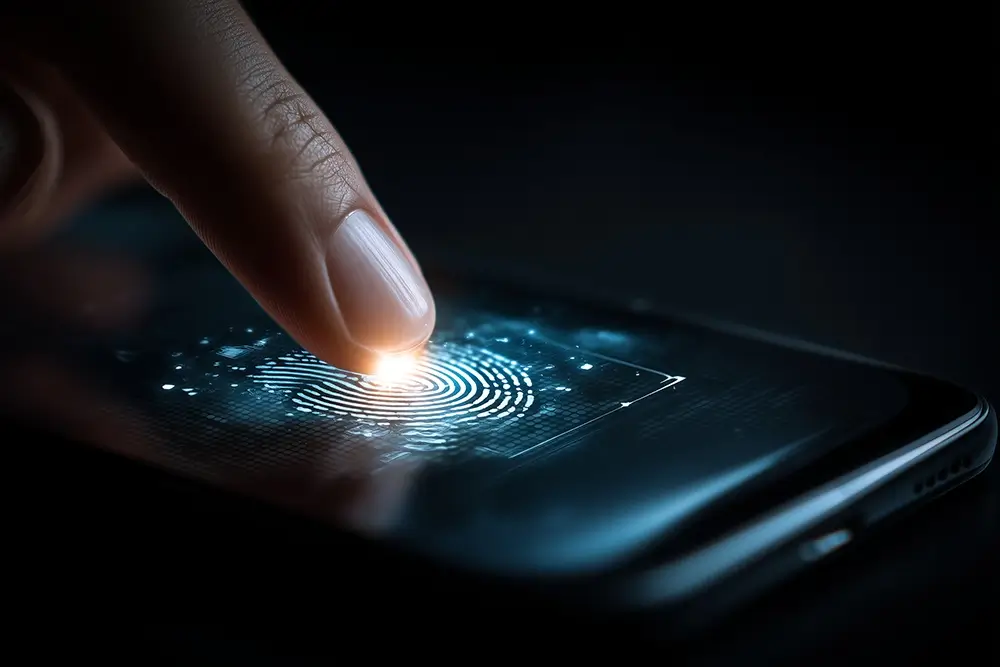
Say Goodbye to Glare: The Essential Garmin Nav 6 Anti-Reflective Film
With the Garmin Nav 6 Anti-Reflective Film, you can say goodbye to shading a screen in harsh sunlight
NOTICE: Any orders placed from 28th July to 3rd August will not be dispatched until 4th August

How Does A Capacitive Screen Work?
Pick up almost any modern smartphone, tablet, or public interactive display, and you’re interacting with a capacitive screen. But how does this seemingly invisible magic happen? What’s going on behind that smooth glass surface that allows it to instantly recognise the subtle brush of your finger?
At Diamond Coatings, we specialise in the critical transparent conductive materials that are the unsung heroes of every capacitive screen. Understanding how a capacitive screen works reveals a blend of physics and precision engineering.
Electrical Fields and Your Touch
Unlike resistive screens that detect physical pressure, a capacitive screen operates by sensing changes in an electrical field. The human body, being conductive, acts as a natural electrical antenna. When your finger touches the screen, it subtly distorts this field, and the screen’s electronics detect where that change occurred.
Capacitive Touch Screen Basics
At the heart of a capacitive touch screen is a specialised layer of Indium Tin Oxide (ITO), meticulously applied to a glass or plastic substrate. This ITO layer, which is both optically transparent and electrically conductive, is constantly monitored by a dedicated controller microchip. A durable cover lens protects this delicate sensing system, providing the smooth surface you interact with.
When your finger or a conductive stylus touches the screen, it subtly draws a tiny amount of charge from the ITO layer. This causes a measurable change in the electrical field, which the controller chip precisely detects.
By continuously scanning the ITO grid, the controller instantly triangulates the exact touch coordinates. This intelligent system also enables multi-touch gestures, allowing the detection of multiple simultaneous points of contact, making interactions like pinch-to-zoom seamless and intuitive.
Why ITO is the Heart of Capacitive Technology
The fundamental reason capacitive screens work so effectively comes down to the properties of Indium Tin Oxide. Without ITO, modern capacitive touchscreens wouldn’t exist as we know them.
Diamond Coatings: Enabling Seamless Touch
At Diamond Coatings, our specialisation in high-quality, precision ITO coatings is at the core of countless capacitive touch applications worldwide – Our ITO solutions ensure consistent, accurate, and reliable touch performance.
The next time you effortlessly swipe through photos or tap an icon, remember the invisible network of ITO diligently working beneath the surface, making that seamless digital interaction possible.

With the Garmin Nav 6 Anti-Reflective Film, you can say goodbye to shading a screen in harsh sunlight

At Diamond Coatings, we provide the foundational transparent conductive coatings that make these advanced switches possible

At Diamond Coatings, we specialise in turning ordinary glass into high-performance heated windows

As a leading name among ITO companies, Diamond Coatings doesn’t just supply standard coatings; we engineer bespoke solutions that push boundaries
If you are interested in any of our products or services, please use the contact form or give us a call, we will be happy to discuss how we may be able to help you.